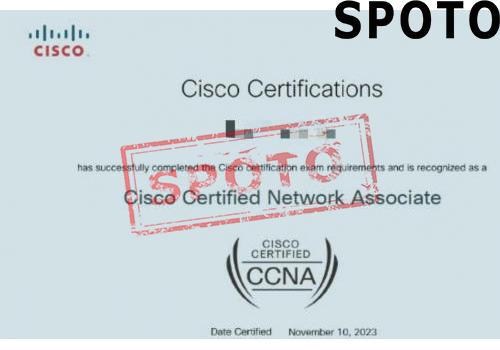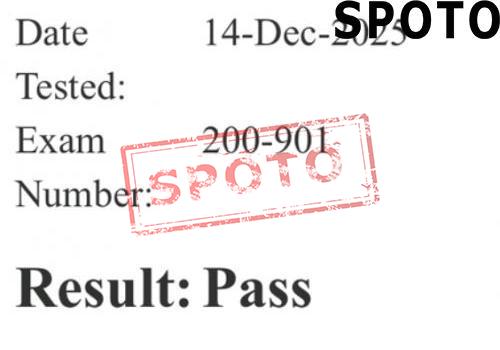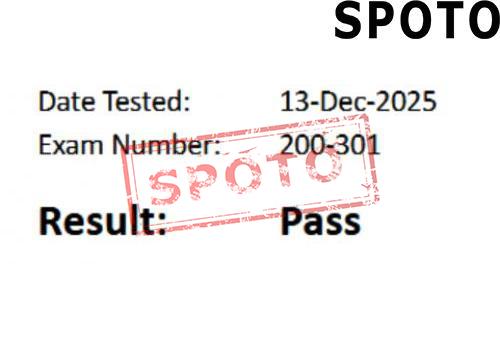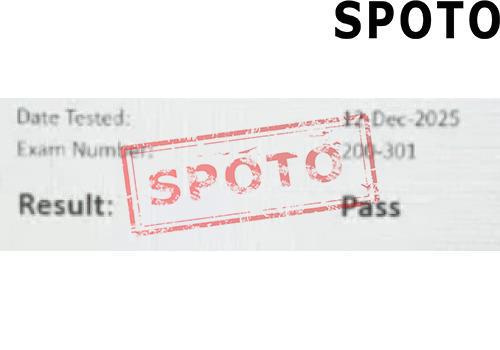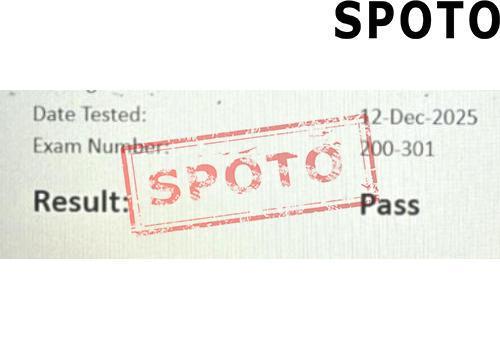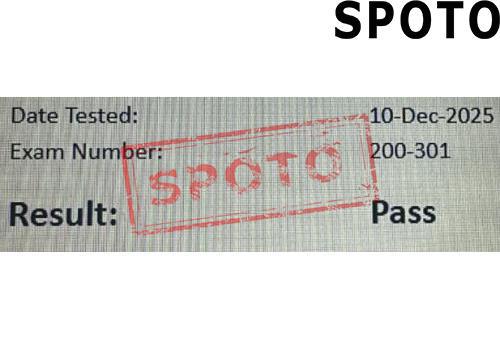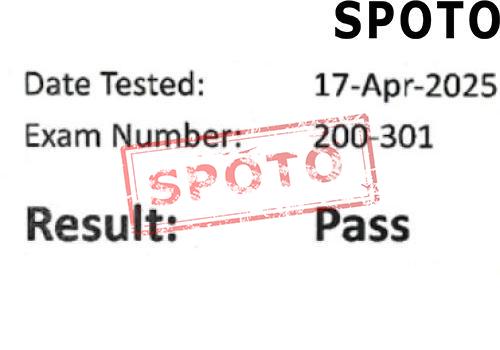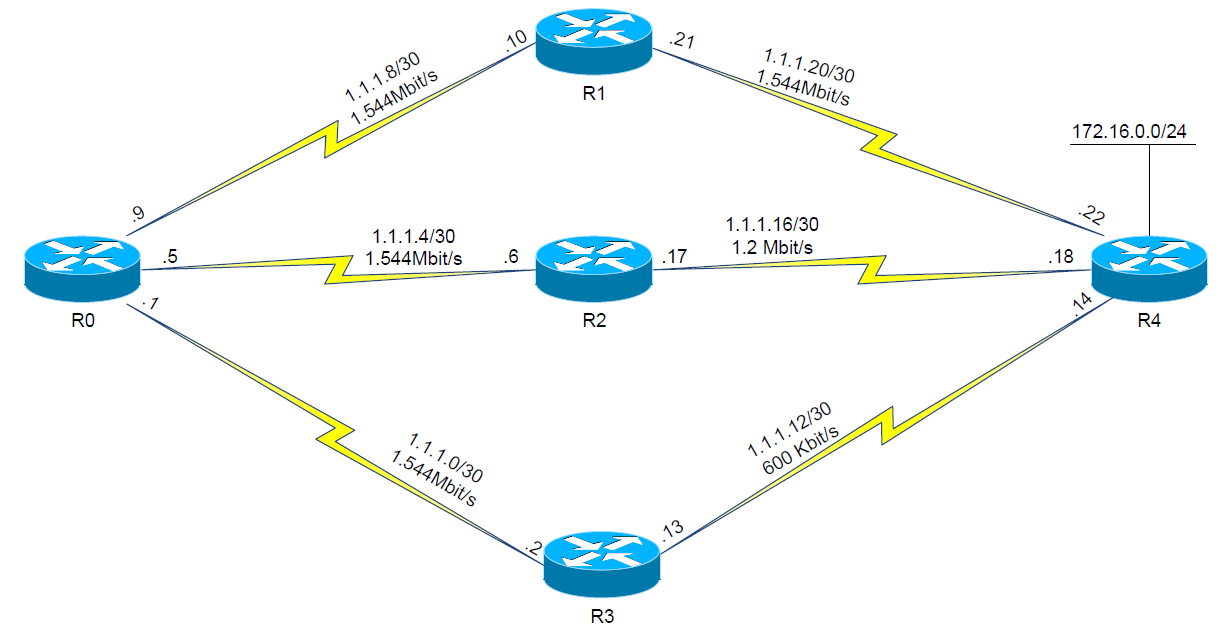
Table of Contents
Enhanced Interior Gateway Routing Protocol (EIGRP) is a sophisticated distance-vector routing protocol designed by Cisco. It is widely used in enterprise networks for its advanced features and efficiency. Chapter 6 of the "CCIE Routing and Switching v5.0 Official Cert Guide, Volume 1" provides an in-depth exploration of EIGRP. This blog post aims to introduce key technical terms and fundamental concepts of EIGRP, helping readers understand its functionalities and benefits in network routing.
What is EIGRP?
EIGRP is an advanced distance-vector routing protocol that incorporates features from both distance-vector and link-state protocols. It is designed to optimize routing efficiency and convergence speed, making it suitable for large and complex networks.
Key Features of EIGRP:
- Rapid Convergence: Utilizes the Diffusing Update Algorithm (DUAL) to quickly converge and calculate loop-free paths.
- Scalability: Supports large network topologies with multiple routers.
- Flexibility: Compatible with both IPv4 and IPv6.
- Efficient Use of Bandwidth: Minimizes bandwidth usage by sending partial updates only when there are changes in the network.
EIGRP Terminology
Understanding the specific terminology associated with EIGRP is crucial for grasping its operational mechanics:
- DUAL (Diffusing Update Algorithm): The algorithm used by EIGRP to ensure loop-free and efficient path computation.
- Successor: The primary route to a destination, which is stored in the routing table.
- Feasible Successor: A backup route that meets the feasibility condition and can be used if the primary route fails.
- Feasible Distance (FD): The lowest calculated metric to reach a destination.
- Advertised Distance (AD): The distance reported by a neighboring router to reach a particular destination.
- Topology Table: Stores all the routes learned from EIGRP neighbors, including successors and feasible successors.
EIGRP Metric Calculation
EIGRP uses a composite metric based on several parameters to determine the best path to a destination. The metric is calculated using the following components:
- Bandwidth: The minimum bandwidth of the path.
- Delay: The cumulative delay of the path.
- Reliability: The likelihood of link failure.
- Load: The current traffic load on the path.
- MTU (Maximum Transmission Unit): The smallest MTU along the path.
The EIGRP metric formula combines these components to produce a single value that represents the cost of the route.
Configuring EIGRP
Configuring EIGRP on Cisco devices involves several steps, including enabling EIGRP on the router, specifying the autonomous system number, and defining the networks to be advertised.
Basic Configuration Commands:
- Enable EIGRP:
router eigrp 1
- Specify Networks:
network 192.168.1.0
- Configure EIGRP Metric Weights (Optional):
metric weights 0 1 0 1 0 0
EIGRP Packet Types
EIGRP uses several types of packets for communication and route management:
- Hello Packets: Used to discover and maintain neighbor relationships.
- Update Packets: Contain route information and are sent when there are changes in the network.
- Query Packets: Sent to ask neighbors for routes when a route goes down.
- Reply Packets: Sent in response to query packets, providing route information.
- Acknowledgment Packets: Used to acknowledge the receipt of update, query, and reply packets.
EIGRP Neighbor Relationships
EIGRP establishes neighbor relationships with directly connected routers running EIGRP. These relationships are maintained through the exchange of hello packets. Neighbor relationships are critical for the exchange of routing information and the overall stability of the EIGRP network.
Establishing Neighbors:
- Hello Packet Exchange: Routers send hello packets to discover potential neighbors.
- Neighbor Table Update: Upon receiving a hello packet, routers add the sender to their neighbor table.
- Continuous Monitoring: Hello packets are periodically exchanged to maintain the relationship.
EIGRP Route Redistribution
Route redistribution in EIGRP allows routes from other routing protocols or different EIGRP autonomous systems to be imported and advertised. This capability is essential for networks using multiple routing protocols or for merging separate network segments.
Redistribution Configuration:
- Basic Redistribution:
router eigrp 1 redistribute ospf 1 metric 10000 100 255 1 1500
- Setting Metrics: When redistributing routes, appropriate metrics should be configured to ensure optimal path selection.
EIGRP Summarization
EIGRP supports automatic and manual route summarization, which helps reduce the size of routing tables and improves network efficiency.
Automatic Summarization: By default, EIGRP performs automatic summarization at classful network boundaries. Manual Summarization: Configured on a per-interface basis to create specific summary routes.
- Manual Summarization Configuration:
interface GigabitEthernet0/0 ip summary-address eigrp 1 192.168.0.0 255.255.252.0
EIGRP for IPv6
EIGRP is compatible with IPv6, and the configuration is similar to IPv4, with some specific commands for IPv6 addressing and operation.
Key IPv6 Configuration Commands:
- Enable IPv6 EIGRP:
ipv6 router eigrp 1
- Specify IPv6 Networks:
interface GigabitEthernet0/0 ipv6 eigrp 1
EIGRP Security
EIGRP includes several features to enhance the security of routing information and neighbor relationships:
- Authentication: EIGRP supports MD5 authentication to verify the integrity of routing updates. Authentication Configuration:
key chain EIGRP-KEY key 1 key-string MYSECRETKEY ! interface GigabitEthernet0/0 ip authentication mode eigrp 1 md5 ip authentication key-chain eigrp 1 EIGRP-KEY
EIGRP is a powerful and versatile routing protocol that combines the best features of distance-vector and link-state protocols. Understanding the key concepts and terminologies, such as DUAL, successors, feasible successors, and the metric calculation, is essential for network engineers. Configuring EIGRP involves enabling the protocol, specifying networks, and managing neighbor relationships. Advanced features like route redistribution, summarization, and IPv6 support make EIGRP suitable for complex and large-scale networks. Mastery of EIGRP ensures efficient, reliable, and secure routing in Cisco networks, contributing to robust and scalable network infrastructures.
